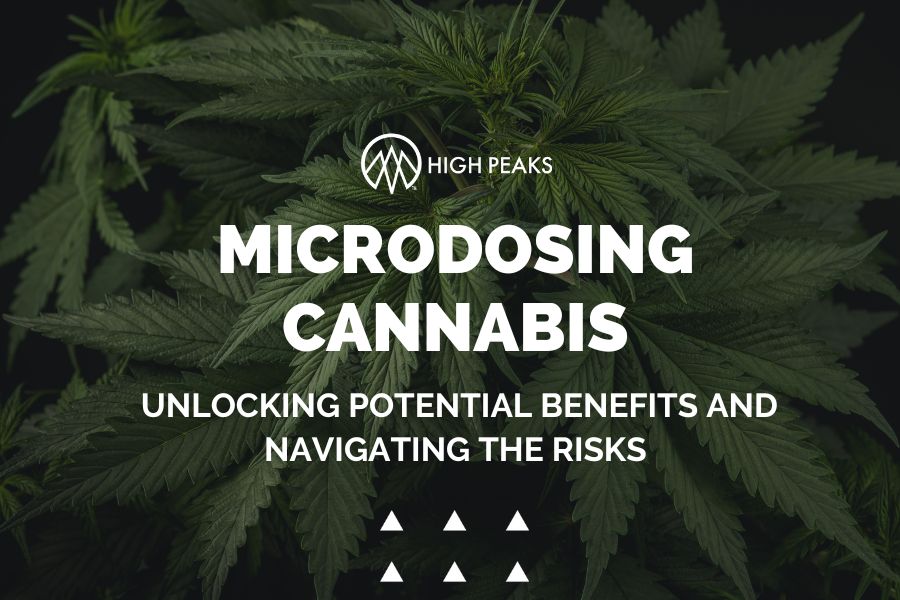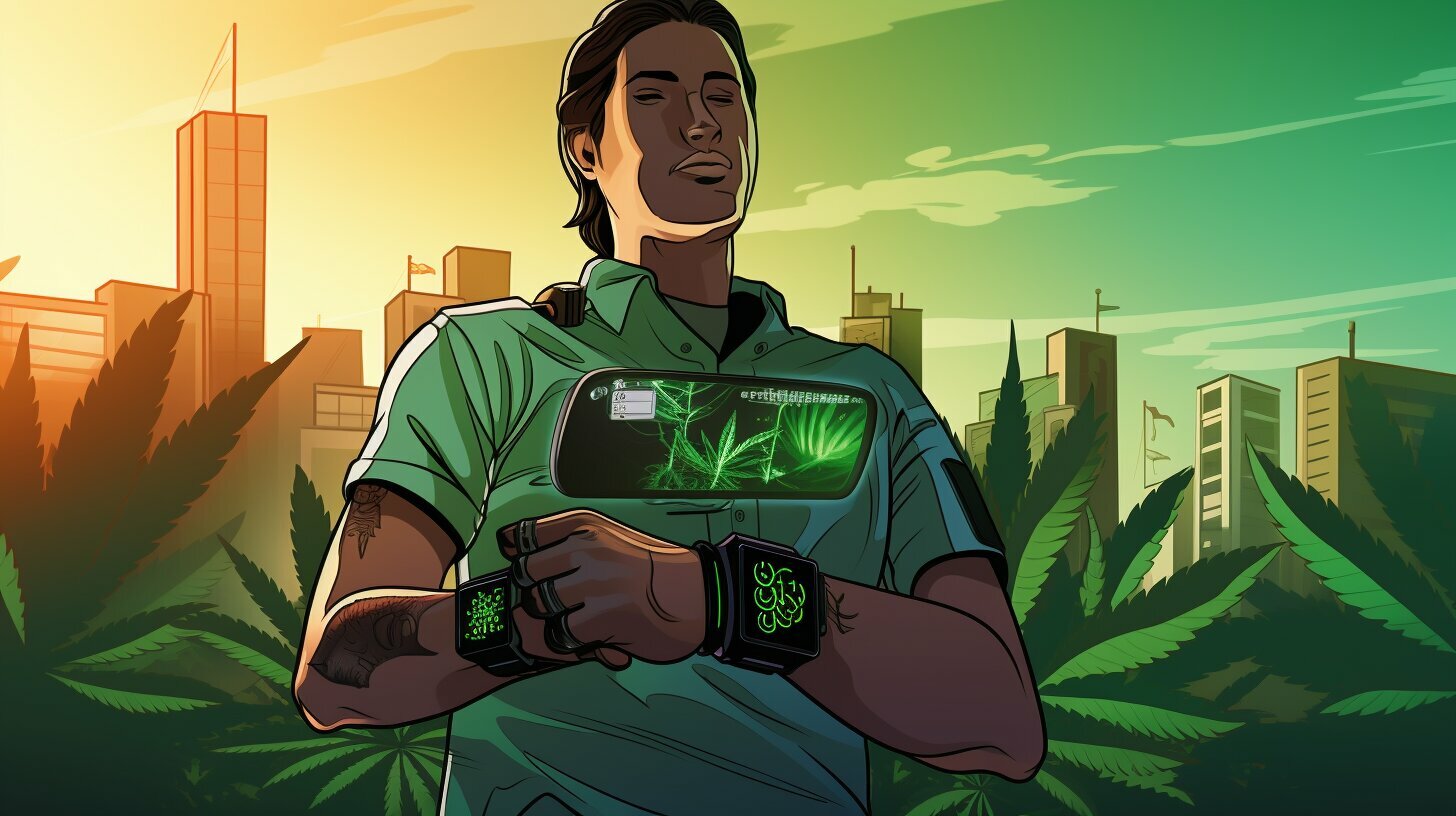Microdosing cannabis has become increasingly popular as a means of reaping the potential benefits of the plant while minimizing its psychoactive effects. As the interest in alternative and holistic health practices continues to grow, more individuals are turning to microdosing as a way to manage various health concerns. This piece will delve into the potential benefits and risks of microdosing cannabis, providing valuable insights for anyone considering this approach.
What is Microdosing Cannabis?
Microdosing cannabis involves consuming small amounts of the plant’s compounds, typically THC (tetrahydrocannabinol) and CBD (cannabidiol), to achieve desired effects without experiencing the “high” commonly associated with cannabis. This practice allows users to benefit from cannabis’s therapeutic properties while maintaining their ability to function normally in day-to-day life. Microdosing typically consists of taking doses ranging from 1 to 10 milligrams, depending on the user’s experience, tolerance, and desired effects.
Potential Benefits of Microdosing Cannabis
- Improved Mood and Reduced Anxiety: Microdosing cannabis has been reported to help improve mood and reduce anxiety. The low doses of THC and CBD can stimulate the endocannabinoid system, which plays a vital role in regulating mood, stress, and emotions. By doing so, microdosing may help alleviate symptoms of depression, anxiety, and other mood disorders.
- Enhanced Creativity and Focus: Some individuals who microdose cannabis claim to experience increased creativity and mental focus. The subtle psychoactive effects of low-dose THC can stimulate the mind without overwhelming it, potentially fostering a more focused and imaginative state.
- Pain Relief and Inflammation Reduction: Cannabis has long been used to manage pain and inflammation, and microdosing may offer a more controlled way to harness these benefits. The anti-inflammatory properties of CBD, combined with the pain-relieving effects of THC, can provide relief for those suffering from chronic pain or inflammatory conditions such as arthritis.
- Improved Sleep: Some users report better sleep quality and duration when microdosing cannabis, particularly strains with higher CBD content. CBD’s potential to reduce anxiety and promote relaxation may contribute to improved sleep patterns.
Risks and Considerations Associated with Microdosing Cannabis
- Limited Research: While anecdotal evidence supports the potential benefits of microdosing cannabis, there is still a lack of comprehensive scientific research. More studies are needed to fully understand the long-term effects and optimal dosing strategies for different individuals.
- Legal Issues: The legality of cannabis varies widely depending on the jurisdiction. It is essential to understand the laws in your area and stay within legal parameters when considering microdosing.
- Unpredictable Effects: Each person’s reaction to cannabis is unique, and what works for one individual may not work for another. It is crucial to start with a low dose and gradually increase as needed, while closely monitoring your body’s response.
- Potential for Overconsumption: While microdosing aims to minimize the psychoactive effects of cannabis, there is still a risk of overconsumption. It is essential to carefully measure your doses and maintain a consistent schedule to avoid unintended side effects.
Conclusion:
Microdosing cannabis offers a promising alternative for individuals seeking to harness the potential benefits of the plant without the traditional “high.” While preliminary evidence suggests benefits such as improved mood, pain relief, and better sleep, it is important to consider the limited research and potential risks associated with this practice. Always consult with a healthcare professional and understand the legal implications in your area before embarking on a microdosing journey.




